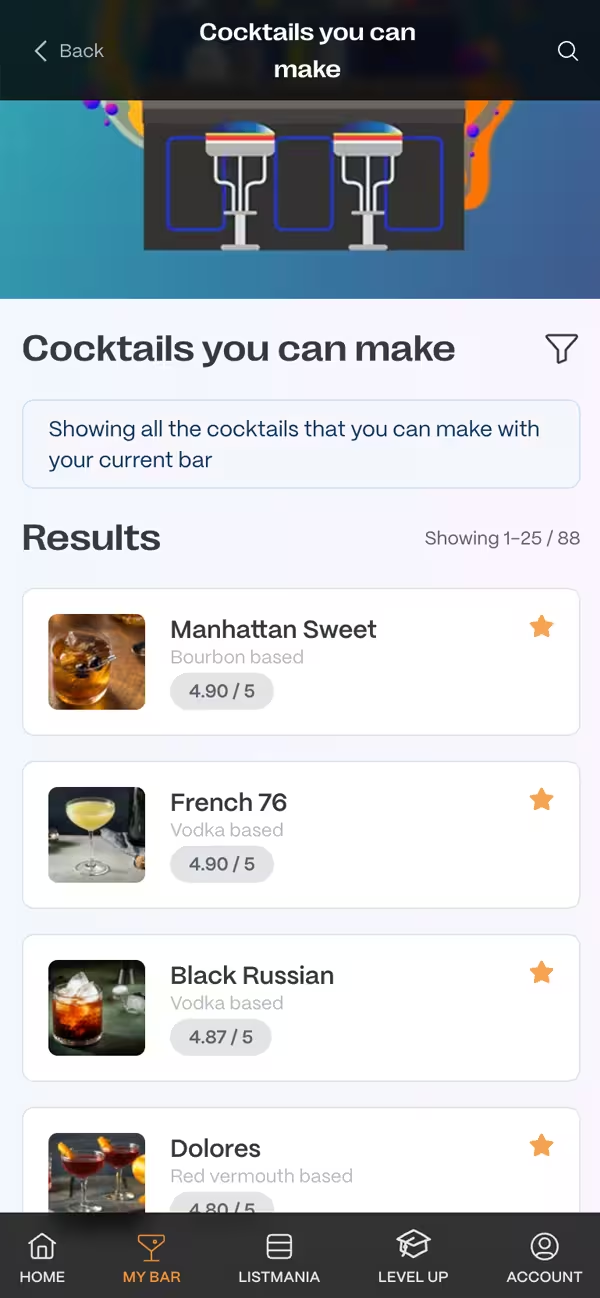Mixing drinks has hit a new high with "swicy" cocktails—a mix that packs both sweet and sp...
The Process of Making Cachaca
Jump to
Made from fermented sugarcane juice, Cachaca is considered as one of the most popular liquors in Brazil. Also known as pinga, caninha, and aguardente, Cachaca is a top spirit, which can be drunk without any mixture or mixed with other ingredients.
The History of the Cachaca
Though the correct date of the introduction of the cachaca is not known, it is, however, believed that this was produced right after the time when sugarcane was introduced in Brazil, which happened around 1550s. Cachaca was discovered after the workers at the sugar mill noticed that the sugar cane juice that was left out would eventually ferment and become alcohol. So, they started sugar cane distillation to produce Cachaca.
Cachaca is also considered as white rum, a clear spirit that is similar vodka and gin. However, this liquor is considered as more pure spirit compared to vodka and gin as this is made from sugar cane juice and not from by-products of the process of distillation.
During the 16th as well as the 17th century, cachaca distillers have multiplied in number. The Portuguese colonials tried to outlaw the manufacturing as well as consumption of cachaca in order to protect the grappa, a distillate of the grape pomace. However, they have grimly failed in their goals.
How Is Cachaca Made?
The process of making cachaca is relatively simple. Initially, sugar cane is washed and then, it is pressed using large metal rollers for the extraction of its juice, which is then filtered to extract any remaining cane fragments as well as any foreign materials. After the filtration process, specific ingredients and flavor enhancing agents are added such as maize flour, rice bran, and corn meal, after which the process of fermentation is started. Typically, the fermentation process would take around 1 to 3 days before the product goes through the distillation process and is most often kept as a secret to protect the unique blend of each artisan’s cachaca. After distillation, the cachaca is cooled and filtered once more.
The first batch that is distilled is known as cabeceira, which is often utilized to make liqueurs. The cachaca boa, which is the second distillation batch, is considered 18 percent proof and is aged in barrels and bottled, which is eventually exported to other countries. Lastly, the third distillation batch, which is known as agua fraca, is 12 percent proof.
Cachaca ranks third in the world’s largest spirit categories and is way ahead of tequila, gin, rum, and whiskey, making a dash in the hearts of its consumers all over the world.
Pardon the interruption
Did you know that you can become a member for free, taking your cocktail making skills up to level 11. You can save your My Bar ingredients, make tasting notes, have personalised Tried and Want to try lists and more.
Filed with tags
More to explore
There is something quite fancy and decadent about the Bellini. It feels a little bit more special th...
Cocktail garnish tools transform ordinary drinks into polished presentations. Small decorative accen...
Tag cloud
Explore more with our randomised tag cloud.
-
Continental
-
Flavored Nuts
-
Fun Activities
-
New Year's Eve
-
Finnish
-
Bloody Mary
-
Gin
-
Easy-To-Make
-
Hotel Bar
-
Autumn
-
Movies
-
Sazerac Twist
-
Seasonal
-
Colonial History
-
Popular Variation
-
Cocktail Glasses
-
Irish Whiskey
-
Strong Drinks
-
Mixology Challenges
-
Eccentric
Bartender's top tip
Related posts
Mixing Magic: Mastering Swicy Cocktail Flavors Like a Pro
Swicy flavors - yep, that's sweet and spicy living in harmony - are taking a hot seat in our dishes and cocktails. What started as a quirky mix has exploded, thanks to snazzy taste buds everywhere cra... read more
5 Essential Spring Ingredients for Your Cocktails
Spring has sprung, and that means it’s time to shake off the winter blues and embrace the vibrant flavors of the season. As the days get longer and the flowers start to bloom, it’s the perfect opportu... read more
The History of the Manhattan
The history of the Manhattan cocktail is a good deal more complicated than most legends would have one believe. The most popular version of the story makes sense when one considers the fact that the d... read more
Subscribe to our Newsletter
Get tips straight into your inbox.
Upgrade your mixology
Become a member for free taking your cocktail making skills up to level 11. Or become a premium member to rise to cocktail greatness.
- Save your bar forever
- Access to our Cocktail Creator, allowing you to create your own wonderful concoctions.
- Create personalised cocktail menus for all your events, bars or parties
- Save cocktails to personalised 'Tried' and 'Want to try' lists
- Create and record tasting notes on cocktails
- Create lists of cocktails to share with friends and family
- A personalised MyBar URL, allowing you to share everything you can make with friends
- And much more ... (what to buy next, measurement choices, search personalisation...)
Have you tried our Wordpress Plugin?
Download our plugin and embed cocktail recipes directly onto your own site or blog.
Choose from our whole recipe database, or choose a specific cocktail made with a certain ingredient, and let us place a beautiful recipe on your own site.
Find out more



